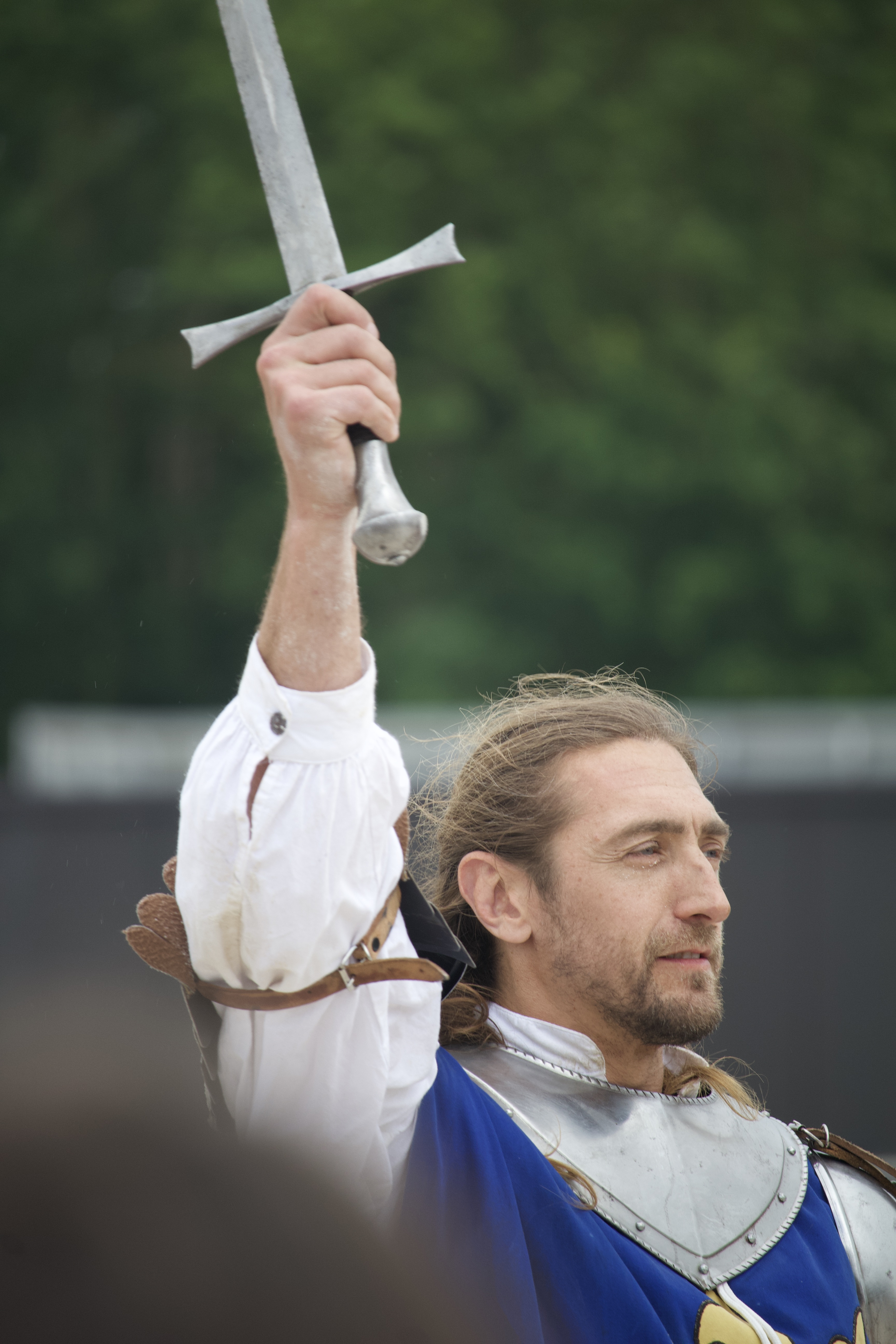 Image courtesy of Fiona McMurrey
Image courtesy of Fiona McMurrey
In the sun-drenched hills and vineyards of southern France, the echoes of medieval troubadours still resonate, carried on the wind that rustles through ancient stone villages. These poets, known as trobadors, composed in Old Occitan, a language that flourished across the region in the 12th and 13th centuries, celebrated for its lyrical complexity and courtly ideals of love, honor, and chivalry. Their verses were performed in the courts of nobility and during public festivals, blending music, storytelling, and poetic ingenuity into performances that were as much social ritual as literary exercise. While the medieval world that nurtured these poets has long faded, a modern revival seeks not only to preserve their works but to reimagine them for contemporary audiences, keeping the art form alive in a form both historical and inventive.
The Legacy of the Jocs Florals
Central to the troubadour tradition was the Jocs Florals, or Floral Games, established in Toulouse in 1323 by the Consistori del Gay Saber. These annual poetry competitions were highly structured events in which poets competed for floral-themed prizes, such as the golden violet (violeta d'aur), symbolizing excellence in love poetry, or the silver wild rose (eglantina), awarded for moral or spiritual themes. Beyond the pageantry and accolades, these contests were a deliberate cultural effort to preserve the Occitan language and codify poetic rules that had been orally transmitted for generations. In doing so, the Jocs Florals became more than competitions—they were cultural institutions, fostering a community of writers and performers whose work helped shape European literary history and laid the foundation for modern notions of lyricism and artistic prestige.
A Modern Renaissance
Today, centuries after their medieval origins, the spirit of the Jocs Florals has been revived in festivals across southern France, including Toulouse, Albi, Narbonne, and smaller Occitan-speaking towns. These contemporary gatherings feature not only readings of historic texts but also innovative performances that reinterpret the troubadours’ work through modern music, theater, and multimedia art. Musicians might set old poems to contemporary folk or jazz melodies, while poets experiment with bilingual or hybrid versions, bridging medieval Occitan with modern French or other languages. Beyond entertainment, these festivals serve a cultural and educational purpose: they foster appreciation for a language that has endured despite centuries of political and social pressure, allowing communities and visitors alike to engage with the past in a tangible, performative way.
Nicole Peyrafitte's "Occitan Trobadors in NYC"
The revival is not limited to southern France. In the United States, projects such as Nicole Peyrafitte’s “Occitan Trobadors in NYC” demonstrate the global resonance of the troubadour tradition. Through a combination of symposiums, live performances, and themed banquets, Peyrafitte’s initiative recreated the spirit of medieval poetic contests in a contemporary urban setting, inviting scholars, musicians, and poets to explore the language, history, and performative energy of the trobadors. Attendees could experience the tension and excitement of competition, witness music performed on period instruments, and even participate in improvisatory recitations. By transposing a medieval cultural ritual into a modern context, this project illustrates how the essence of Occitan poetry—its interplay of sound, language, and social ritual—can be preserved, adapted, and celebrated across time and geography.
The Role of Technology and Academia
In addition to festivals and live performances, digital technologies and academic research have played a significant role in revitalizing interest in Occitan poetry. Online archives, digitized manuscripts, and language courses have made these medieval texts more accessible to a global audience, allowing enthusiasts, scholars, and performers to study and experiment with the works in ways that were impossible even a few decades ago. Universities in France and beyond now host conferences and workshops dedicated to troubadour poetry, while collaborative online platforms allow participants to translate, annotate, and even perform poems in new formats. This blending of traditional scholarship and modern technology ensures that the tradition remains a living, evolving practice rather than a static museum artifact, highlighting how medieval culture can find fresh life in a connected, multimedia world.
Conclusion
The resurgence of medieval Occitan poetry festivals is both a celebration and a reinterpretation of a rich cultural legacy. By blending performance, scholarship, and contemporary artistic sensibilities, these festivals honor the troubadours’ commitment to craft, community, and linguistic beauty while demonstrating that poetry can transcend centuries. Whether in the hills of southern France or on a stage in New York City, the troubadours’ songs and verses continue to inspire, reminding us that the art of poetic storytelling is timeless, adaptable, and profoundly human. Through these vibrant modern iterations, the medieval trobadors live again, offering audiences not only a glimpse into the past but a participatory, creative experience that bridges history, language, and imagination.